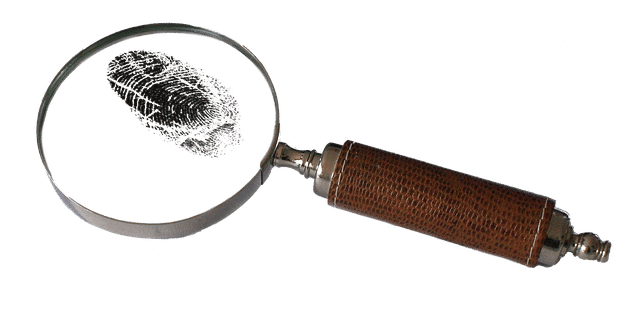Last week, we took a look at the differences between hearsay and circumstantial evidence. In that article, we briefly defined the differences between physical evidence and circumstantial evidence. However, we feel it may be helpful to our readers to double back and provide further clarity on physical and circumstantial evidence. This type of information can become essential to your trial, communicating with your attorney, and understanding how the legal process works. Therefore, with all this in mind, we’ll further define the differences between physical and circumstantial evidence.
Differences Between Physical and Circumstantial Evidence: Definitions
First, as with all legal matters, let us define terms.
- Physical Evidence – Physical, tangible pieces of evidence found at the scene of the crime. Also known as scientific evidence, these materials can include: gunshot residues, hair samples, DNA evidence, serial numbers, fingerprints, substances.
- Circumstantial Evidence – includes evidence that suggests a fact rather than proves it, based on implication rather than knowledge or observation. This can include eye-witness testimony where a witness saw someone who looked like the accused commit the crime. It can include footprints that match a shoe of the accused.
As you can see, the two categories are not mutually exclusive. Physical evidence can be direct and all but prove the guilt of the accused, or it can be merely circumstantial. For example, a shoe print is an example of physical evidence. But just because the accused wears similar shoes as the person who committed the crime does not prove the accused did it.
Differences Between Physical and Circumstantial Evidence: Your Case
Second, what does all of this have to do with your case? Well, if you recognize the prosecution builds their case entirely on circumstantial evidence without any direct evidence, this does not guarantee acquittal. Yes, direct evidence is far more clear. So, it’s hard to disagree with video footage evidence of the accused committing the crime.
However, circumstantial evidence can build. To illustrate, let’s say the accused is tall, has blonde hair, big feet, and wore blue jeans and a red shirt. Then, at the crime scene, police discovered a piece of blonde hair, big shoe prints, and witnesses saw someone wearing blue jeans and a red shirt flee the scene. Does this prove the accused committed the crime beyond a reasonable doubt? Maybe, maybe not. Some find it convincing, others might not. A good defense attorney will know how to poke holes in that circumstantial evidence to cast doubt.
Need a Lawyer?
Finally, as you can see, the differences between physical and circumstantial evidence are key. You need a lawyer who can utilize that difference. So, hire Mark Catanzaro! Contact him today!
